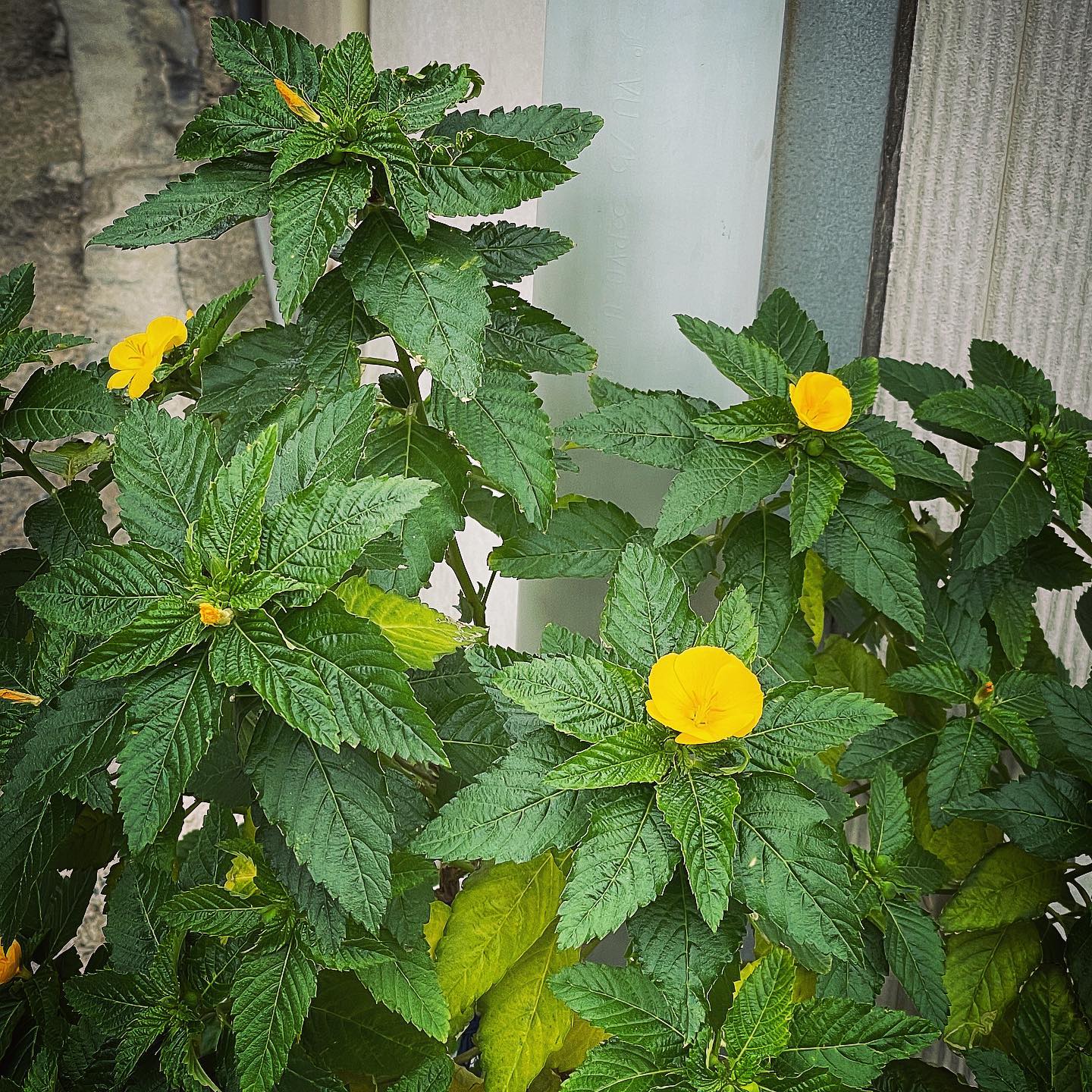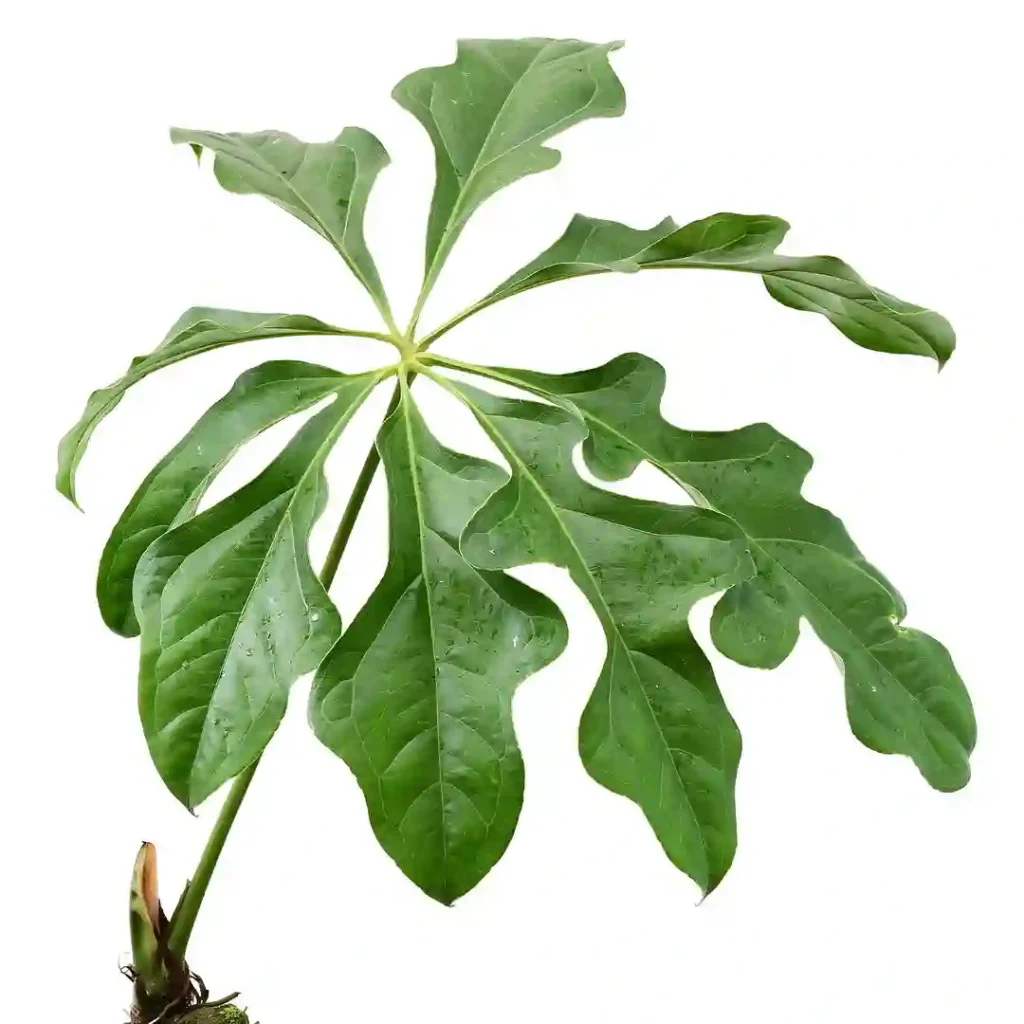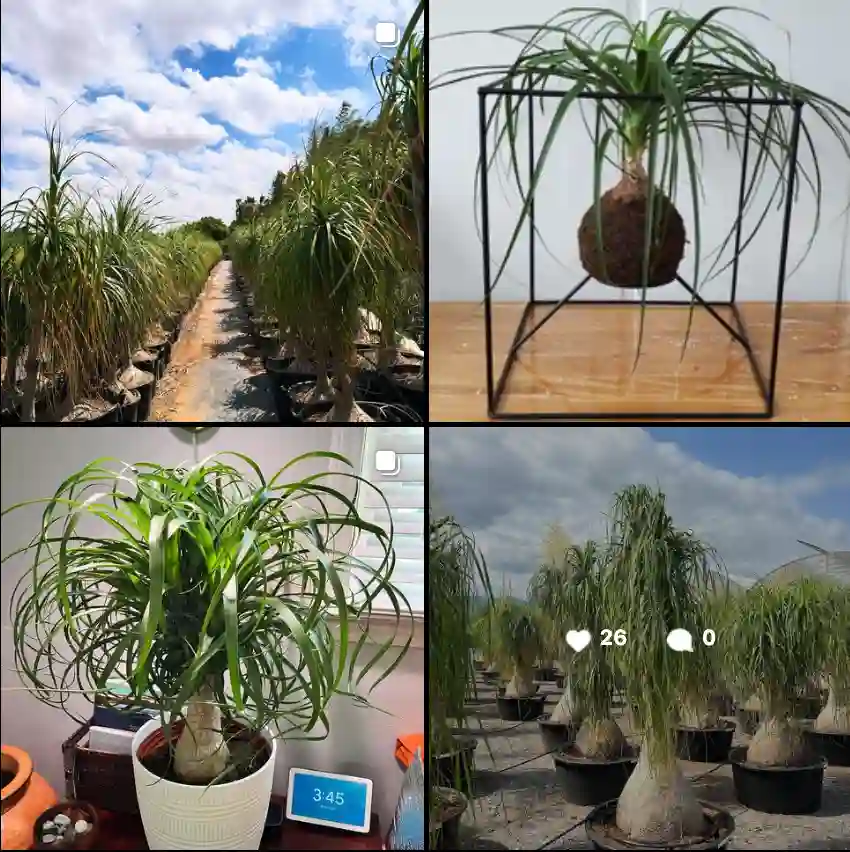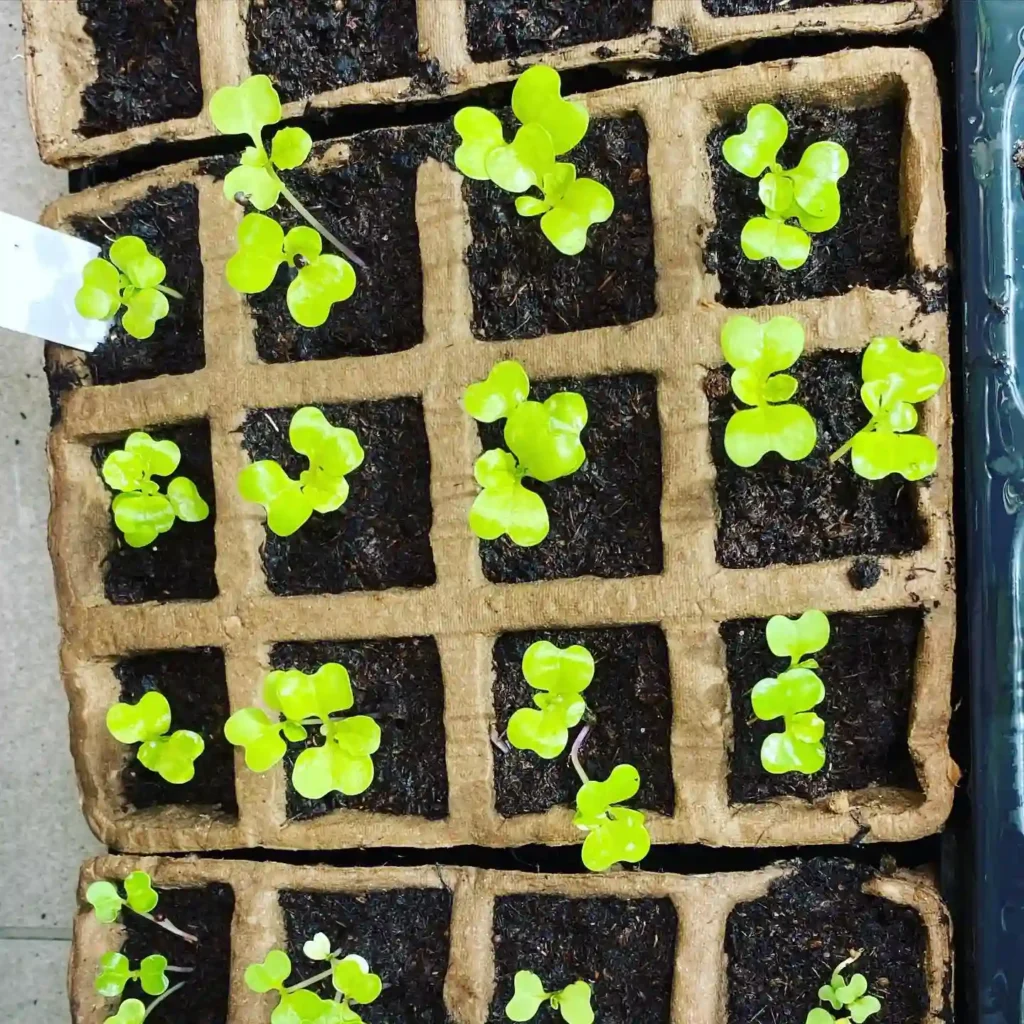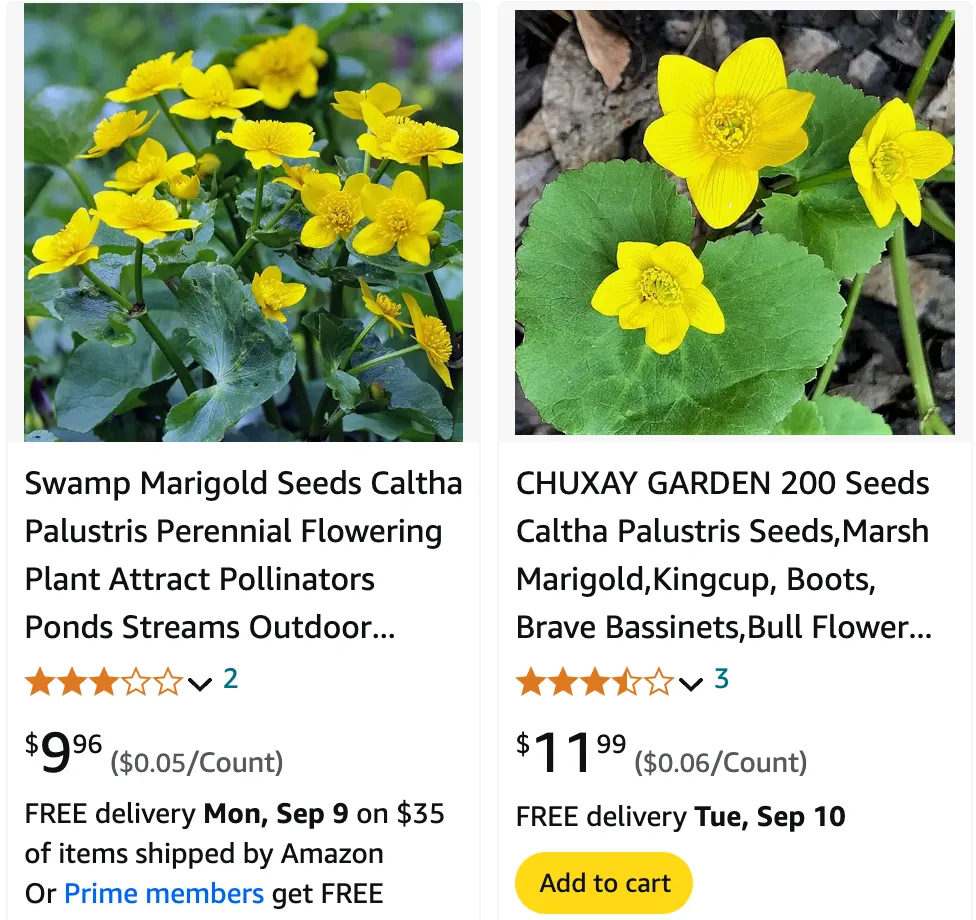
FAQs About Caltha Palustris
As a passionate gardener, I’ve spent quite a bit of time with Caltha Palustris, also known as Marsh Marigold, belong to the Ranunculaceae family. This charming perennial, with its bright yellow blooms, often raises a few questions from fellow plant enthusiasts. Let me share some insights and answers to the most frequently asked questions about Caltha Palustris.
Plant Family: 50 Genera in Ranunculaceae – Buttercup Family
How to Plant Caltha Palustris?
Planting Caltha Palustris is a straightforward process, but it does have some specific needs. This plant thrives in wet, boggy conditions, so it’s best suited for areas with consistently moist soil. Here’s how I go about planting it:
- Choose the Right Location: Caltha Palustris prefers full sun to partial shade. If you’re planting it in a bog garden or pond, ensure the site receives some sunlight to encourage blooming.
- Prepare the Soil: It likes rich, well-drained soil but can also grow in mucky or marshy areas. If you’re planting it in a garden bed, mix in some organic matter to improve soil moisture retention.
- Planting Depth: Dig a hole that is about twice the size of the root ball. Place the plant in the hole, ensuring that the top of the root ball is level with the soil surface.
- Watering: After planting, water the area thoroughly. Keep the soil consistently moist, as this plant does not tolerate dry conditions well.
Is Caltha Palustris Perennial?
Yes, Caltha Palustris is a perennial plant. It returns year after year, usually emerging in early spring. Its bright yellow flowers add a cheerful touch to garden spaces that are often still a bit dreary from the winter months. The foliage is heart-shaped and remains attractive throughout the growing season.
How to Care for Caltha Palustris?
Caring for Caltha Palustris involves maintaining the right growing conditions and addressing common issues:
- Watering: Keep the soil consistently moist. This plant loves wet conditions and may struggle in drier environments.
- Fertilizing: Caltha Palustris doesn’t require heavy feeding. A light application of a balanced fertilizer in early spring can help boost growth.
- Pruning: Deadhead the flowers to encourage more blooms and prevent the plant from self-seeding excessively. Remove any dead or damaged foliage to keep the plant looking its best.
- Winter Care: In colder climates, mulch around the base of the plant to protect the roots from freezing temperatures.
How to Propagate Caltha Palustris?
Propagating Caltha Palustris is relatively simple. You can do it by division or from seeds:
- Division: In early spring or fall, divide the clumps of Caltha Palustris. Gently separate the root ball into smaller sections, making sure each section has roots and foliage. Replant immediately in a suitable location.
- Seeds: You can also propagate from seeds. Sow seeds directly in the garden in fall or start them indoors in early spring. Keep the soil moist and warm until the seeds germinate.
What to Plant with Caltha Palustris?
Caltha Palustris pairs well with other moisture-loving plants. Consider planting it alongside:
- Hostas: Their lush foliage complements the heart-shaped leaves of Caltha Palustris.
- Astilbes: These add height and texture to the garden while thriving in similar conditions.
- Ferns: The delicate fronds of ferns provide a nice contrast to the bold leaves of Marsh Marigold.
Can You Grow Caltha Palustris Indoors?
Caltha Palustris is primarily an outdoor plant, suited for bog gardens or wetland areas. It’s not well-suited to indoor environments due to its preference for wet conditions and natural light. However, you could grow it in a large container with appropriate conditions, such as a water garden setup.
Is Caltha Palustris Toxic?
Caltha Palustris is not typically considered toxic to humans or pets. However, it’s always best to keep plants out of reach of small children and animals to prevent any potential ingestion of plant material.
Benefits of Caltha Palustris
Caltha Palustris offers several benefits:
- Aesthetic Appeal: Its bright yellow flowers are a welcome sight in early spring.
- Ecological Value: It supports local wildlife, including pollinators like bees and butterflies.
- Adaptability: It’s a hardy plant that can thrive in challenging wet conditions.
Common Problems with Caltha Palustris
Despite its hardy nature, Caltha Palustris can face a few issues:
- Root Rot: In poorly-drained soil, the roots can suffer from rot. Ensure good drainage or use a container if necessary.
- Pest Issues: While not prone to many pests, watch for aphids or slugs, which can occasionally be problematic.
Caltha Palustris vs. Lesser Celandine
Caltha Palustris is often confused with Lesser Celandine (Ficaria verna), but they are distinct plants. Lesser Celandine has smaller, less rounded leaves and tends to be more aggressive in spreading. In contrast, Caltha Palustris has larger, heart-shaped leaves and a more controlled growth habit.
Caltha Palustris is a lovely addition to any garden with its vibrant blooms and adaptability to wet conditions. By following these tips and understanding its needs, you can enjoy this perennial’s beauty and benefits for years to come.
If i die, water my plants!
